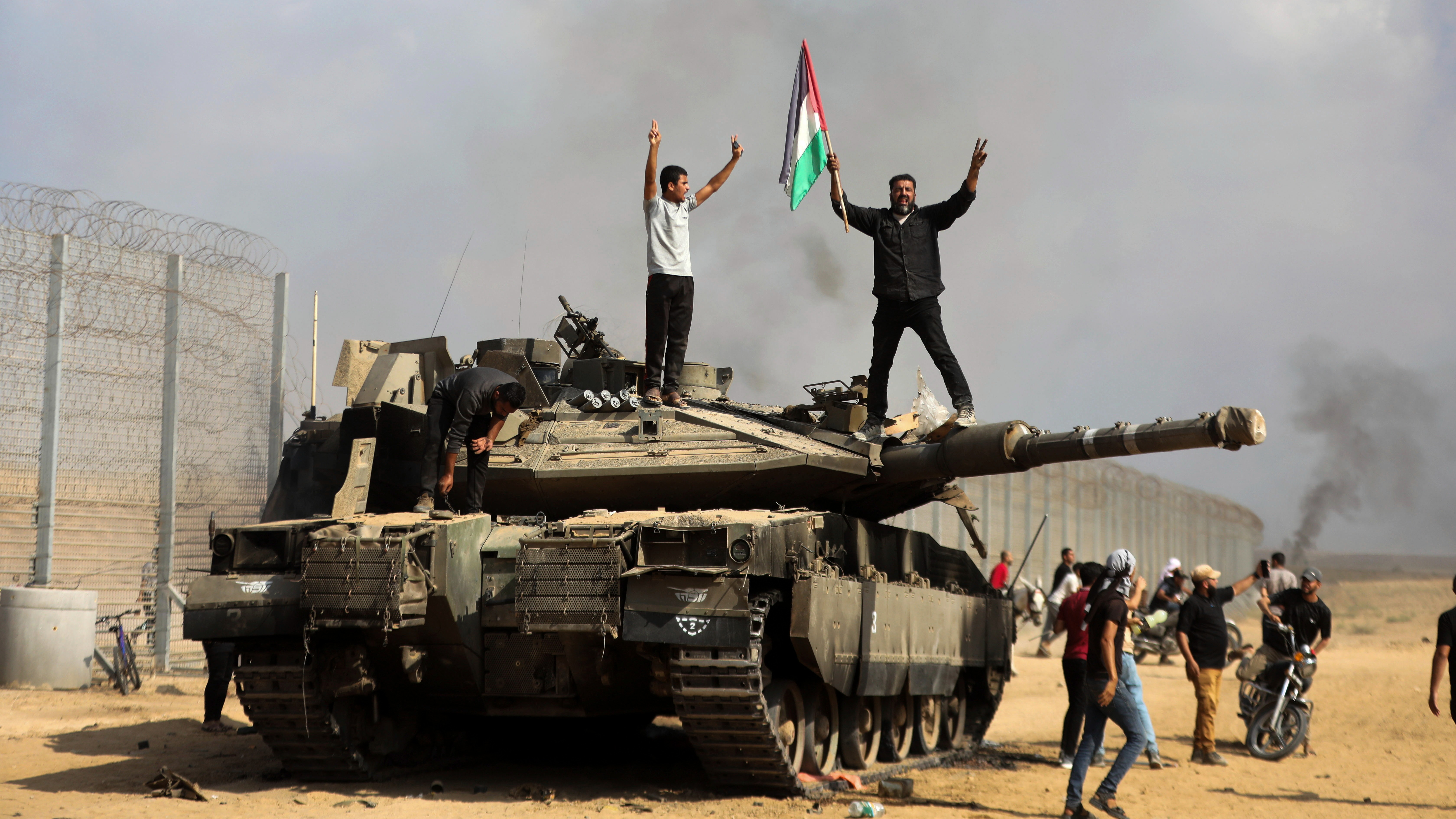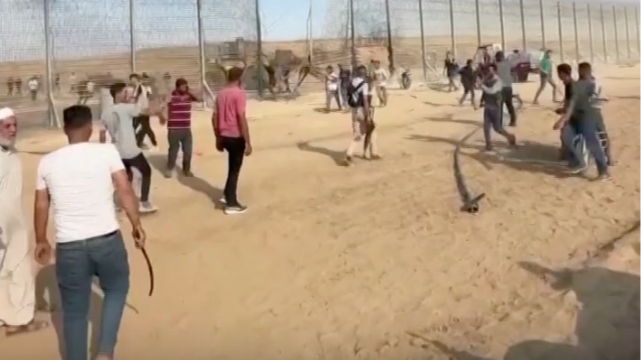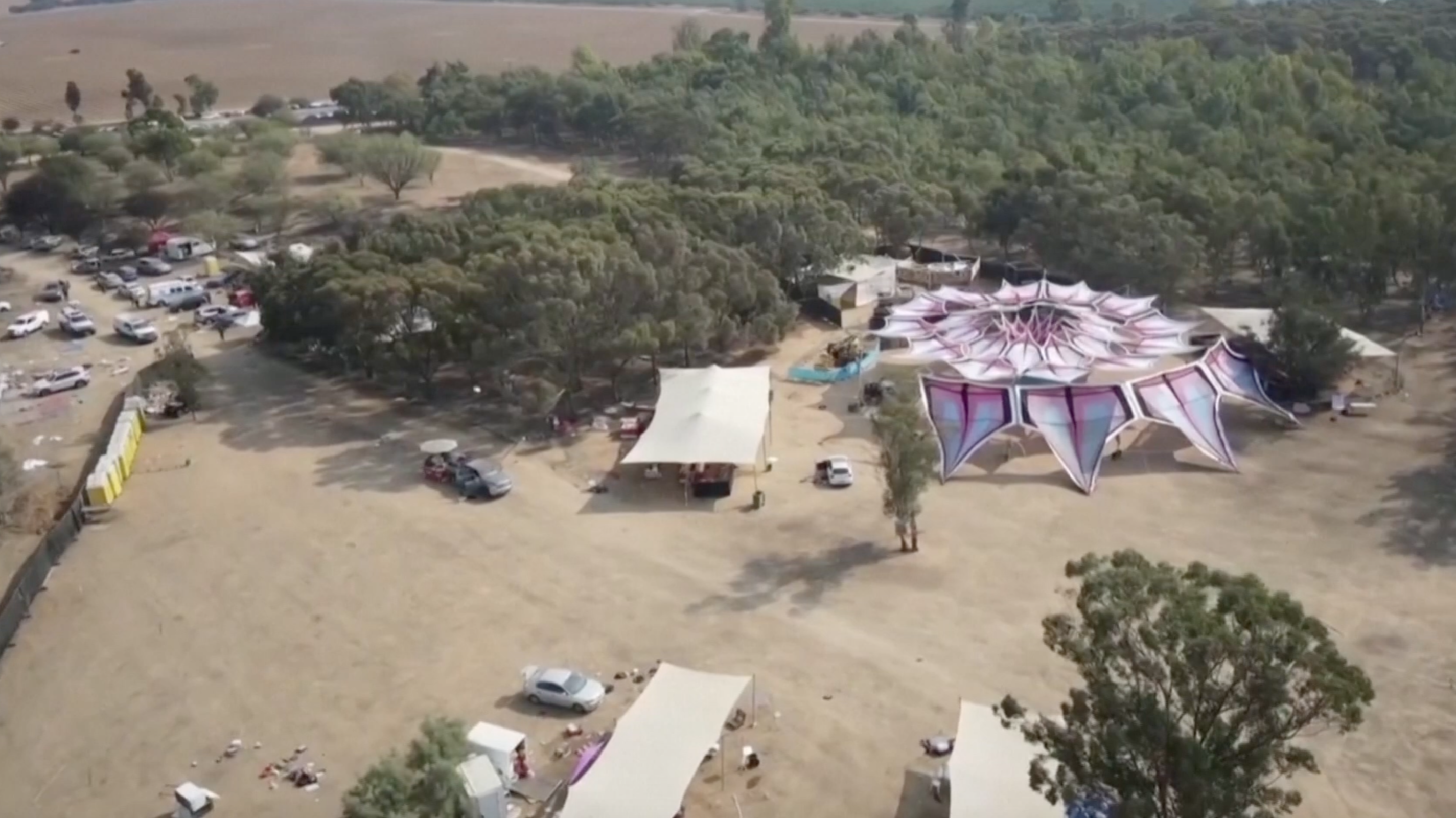The Israel-Hamas war in maps: latest updates
5 min read
Unlock the Editor’s Digest for free
Roula Khalaf, Editor of the FT, selects her favourite stories in this weekly newsletter.
Latest situation
Israel is facing scrutiny over its attacks on civilian infrastructure in Gaza as its forces continue to use heavy bombs despite indicating to the US that they would turn to more precision munitions.
Palestinian officials said missiles had landed in the courtyard of al-Shifa hospital, which has become a key sanctuary for thousands of people trying to escape the bombing.
They added that al-Rantisi and al-Nasser children’s hospitals were also under siege, “exposing the lives of thousands of patients, medical staff and displaced people to certain death due to hunger, thirst and direct bombardment”.
Israel says the al-Shifa hospital sits atop a Hamas command centre and a dense network of underground tunnels used by the militant group.
Richard Hecht, a spokesperson for the Israel Defense Forces, said Israeli troops were closing in on hospitals in northern Gaza used by Hamas “but we’re very aware of the dynamic and the sensitivity” of the installations.
Israel’s incursion in Gaza
Israel’s defence forces launched an aerial bombardment and a ground offensive in Gaza after Hamas’s brutal October 7 attack in southern Israel.
Hamas killed about 1,200 people and took more than 240 hostages during its cross-border raid, according to Israeli officials.
The IDF’s response has killed more than 11,000 Palestinian civilians, say local officials in the Hamas-controlled health ministry. A further 2,550 people are reported missing.
Since launching its incursion, Israel’s military has been tight-lipped about how many troops it has committed to its biggest operation in years, and about where they are now. But satellite imagery published by Planet Labs from October 31 shows a significant invasion.
After they breached the barrier wall in at least six places, vehicle tracks show how Israel’s columns cut through the sparsely populated farmland to the south of the border, before making their way deeper into Gaza towards more populated areas.

Aid agencies and foreign diplomats have expressed concern over the humanitarian situation in Gaza, which is experiencing high civilian casualties as well as a dire shortage of food, drinking water, medicine and fuel.
The International Committee of the Red Cross said staff attempting to deliver medical supplies had witnessed “horrendous” scenes and described the destruction as “becoming unbearable”.
Gaza’s sole power plant went offline on October 11 after it ran out of fuel, with the outage captured by night-time satellite imagery.
Satellite images also show the toll that the war has taken on more built-up parts of Gaza, with dozens of craters in residential areas and one entire neighbourhood appearing to have been destroyed.
October 7 — how events unfolded
As much of Israel slept, Hamas militants launched an unprecedented, multipronged dawn assault on the country from the Gaza Strip. The Middle East’s most powerful security force was caught off guard.
Launched on the Jewish holiday of Simchat Torah, the assault began in the early hours with thousands of rockets fired at Israeli towns and cities. The barrage set off warning sirens across the south and centre of the country, sending citizens fleeing to air-raid shelters.

Israel’s military said Gaza-based militants launched more than 4,500 rockets over the weekend. Many were intercepted by Israel’s Iron Dome defence system, but satellite imagery showed fires and plumes of black smoke rising from some locations that had been hit.
Hundreds of Hamas fighters simultaneously attacked by land, air and sea, repeatedly breaching the fortified barrier between Gaza and Israel.

Images and videos showed motorbikes carrying armed militants riding through a hole in a wire fence along the border and a bulldozer destroying part of the barrier. Bombs, rockets and drones could also be seen blowing up the fence as well as defensive positions.

Militants used motorised paragliders to attack the Supernova music festival, not far from the Gaza border, flying in and turning the two-day rave into the site of a massacre.

Gunmen chased young Israelis across the desert, shooting and snatching people to take back to Gaza as hostages. The Israeli military failed to respond for hours, apparently caught by surprise by the attack. Hundreds of bodies have been recovered from the site.

After breaching the Gaza fence, armed Hamas fighters began targeting Israeli communities at several locations, going door-to-door and taking hostages.
Images and video show people lying dead in the streets after execution-style killings and residents including women, children and the elderly being taken away.
The Hamas militants also attacked Israeli military sites.
More than 1,400 Israeli civilians and troops were killed, the IDF said — making it the deadliest attack on the country since its foundation.
The complexity of the assault by Hamas was unlike anything Israel has witnessed in decades. It raised serious questions about the security service’s intelligence gathering and the military’s preparedness for an attack.
Israeli prime minister Benjamin Netanyahu imposed a “complete siege” on Gaza on October 9, calling up a record 300,000 reservists and ordering the strip to be pounded from the air.
Israel’s military also ordered the evacuation of 42 communities along its northern border, where Israelis have died in cross-border fire from Lebanon that Israel blamed on Hizbollah or Lebanon-based Palestinian factions.
Visual and Data team: Peter Andringa, Steven Bernard, Chris Campbell, Sam Joiner, Lucy Rodgers and Alan Smith














